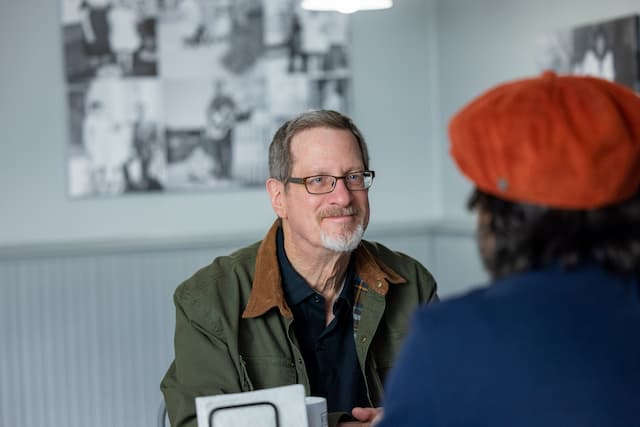The Herodium in Bethlehem - Enjoying the Journey
“For verily I say unto you, That whosoever shall say unto this mountain, Be thou removed, and be thou cast into the sea; and shall not doubt in his heart, but shall believe that those things which he saith shall come to pass; he shall have whatsoever he saith” (Mark 11:23).
In Mark 11, Jesus was in Bethany on the Mount of Olives, just east of Jerusalem for a few days. He and His disciples walked from there into the city every day. Even though the text does not say, many assume that He was staying with His close friends Lazarus, Martha, and Mary at their house in Bethany. He later ate at their house in Mark 14, where Mary anointed Him with spikenard.
When He did not find fruit on a fig tree, He cursed it, and it withered away. This produced consternation on the part of His disciples, and He responded with His famous teaching that faith could move mountains. It is easy to imagine His disciples listening, but occasionally glancing toward the southern horizon where King Herod’s massive palace, called the Herodium, was visible.
When the talented, paranoid, and much-hated King Herod the Great went unmourned to his grave, he was entombed at the Herodium. Herod was a tyrant, but beyond that he was an architectural genius, as is witnessed by the Herodium, as well as his other construction projects. King Herod had a vision for a palace built inside of a certain mountain, near where he won a meaningful military victory. However, his chosen mountain, while the tallest in the area, was still not large enough for his plans. To construct the Herodium, Herod’s workers took apart a nearby smaller mountain and carried it up his chosen one, artificially raising its height. Inside of this double mountain, he built his pleasure palace where he hosted dignitaries from Rome. As they stood with their host on the ramparts, his distinguished visitors from abroad would have been able to look out over Bethlehem and see the Mount of Olives in the distance.
When Jesus taught His disciples about faith, it is likely that they connected what He was saying with the royal palace a few miles to the south. Jesus was telling them that simple faith would produce even mightier works than the age’s most talented architect and most despotic king! Herod relied on slave labor, and paid contractors to move a mountain, yet the praying believer could even move the Mount of Olives itself! When we as believers in Jesus the Messiah pray, we summon a power much greater than Herod’s. We call upon the power of the Creator God of the Universe. While Herod’s magnificent palace is now a partially excavated ruin, God’s power is on full display, both in creation and in the lives of His children.
Christian, have you tapped into this power that is yours to claim? Do you ask God in belief for big, impossible things? Why not? Just as Jesus promised, a faithful prayer can and must move mountains. Have you prayed about your mountain? As Jesus exhorted Peter and the others, “have faith in God.” (Mark 11:22)

King Herod’s sculpted, double mountain as seen from below. All of this was done through manpower. In contrast to that, we as believers can do greater things through prayer. Photo by John Buckner






